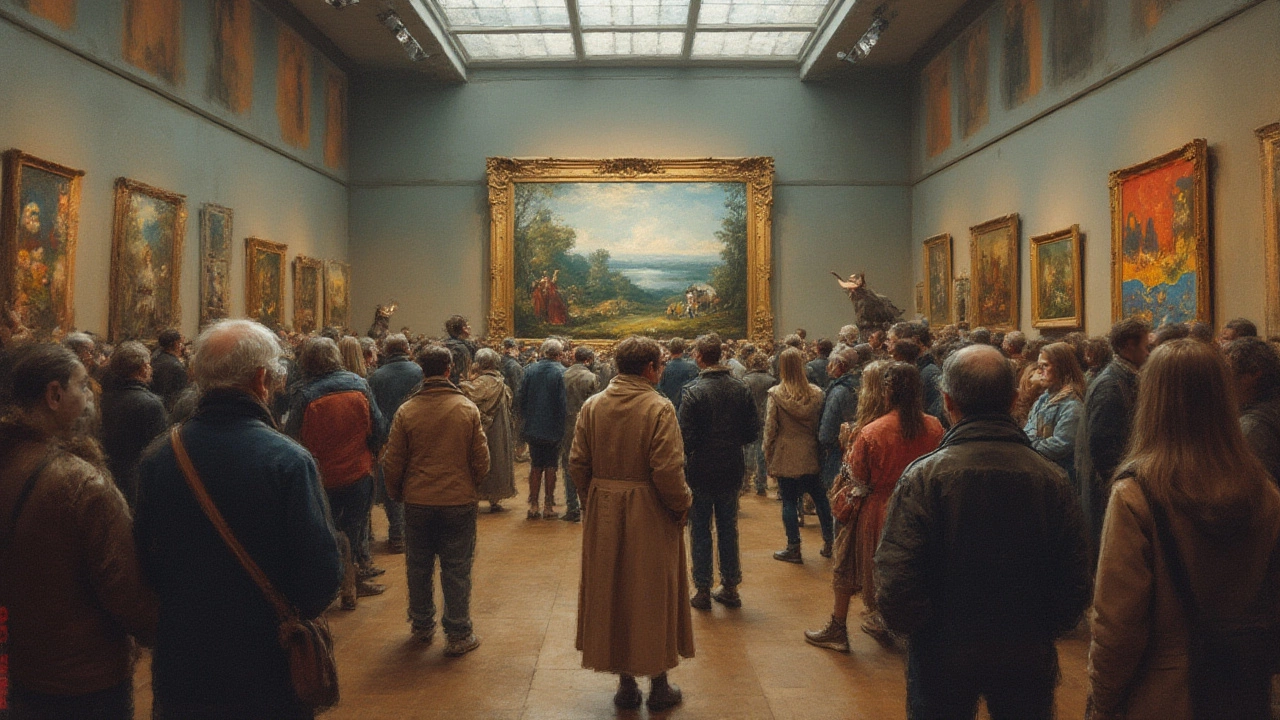Art Appreciation: Simple Tips to See, Feel, and Enjoy Creative Works
Ever walked into a gallery and felt lost? You’re not alone. Art appreciation isn’t a secret club; it’s a skill you can build with a few everyday habits. Below we’ll break down why caring about art matters and give you hands‑on ideas you can try right now.
Why Art Appreciation Matters
When you understand a piece, the colors, the story, and the technique, the experience becomes richer. It’s the difference between glancing at a painting and feeling a connection. That hook can spark curiosity, boost creativity, and even improve mood. Whether you’re looking at a classic portrait or a bold digital NFT, the same basic steps help you get more out of the view.
Practical Ways to Boost Your Appreciation
1. Start with the basics. Ask yourself three quick questions: Who made it? What’s happening? How does it make you feel? You don’t need an art history degree—just a moment of curiosity. For a portrait, notice the eyes. As our post “Eyes in Portraits: Why Artist Focus Matters for Emotional Impact” shows, the gaze often guides the emotional punch.
2. Learn the language of style. Knowing the difference between modern and contemporary art, as explained in “Modern Art vs Contemporary Art: Key Differences Explained Simply,” helps you place a work in its right context. Modern art refers to a historical period (late 19th‑mid 20th century). Contemporary art is what’s being made right now, often mixing media, technology, and social themes.
3. Dive into meaning. Abstract art can feel confusing, but our guide “What Does Abstract Art Really Mean?” shows you how to read the emotion behind shapes and colors. Think of colour as music: reds can feel like a fast beat, blues like a calm melody. Let the feeling guide your interpretation.
4. Explore different media. Sculpture isn’t just marble; the post “Easiest Sculptures for Beginners” points out that simple materials like clay or even recycled objects can create compelling forms. Trying a hands‑on project, even a tiny clay figure, deepens your respect for the effort behind larger works.
5. Use stories. People love a good backstory. The article “Do Portrait Painters Still Exist?” shares real stories of commissions and the personal connections between artist and sitter. When you know the artist’s intention, the artwork feels more alive.
6. Compare and contrast. Put two pieces side by side—say, a classic oil portrait and a digital portrait. Notice how lighting, texture, and brushwork differ from pixel‑based techniques. This simple exercise sharpens your eye for detail.
7. Keep a quick journal. Jot down what you liked, what puzzled you, and any questions that pop up. Over time you’ll see patterns in your tastes and notice growth in your understanding.
8. Visit often. Regular trips to museums, local galleries, or even online exhibitions keep the habit alive. Even a 15‑minute walk through a community art show can reveal new ideas you missed before.
Remember, there’s no right or wrong way to appreciate art. It’s about personal connection and curiosity. Use these steps next time you stand before a canvas, a sculpture, or a digital display, and you’ll find the experience more rewarding. Happy exploring!
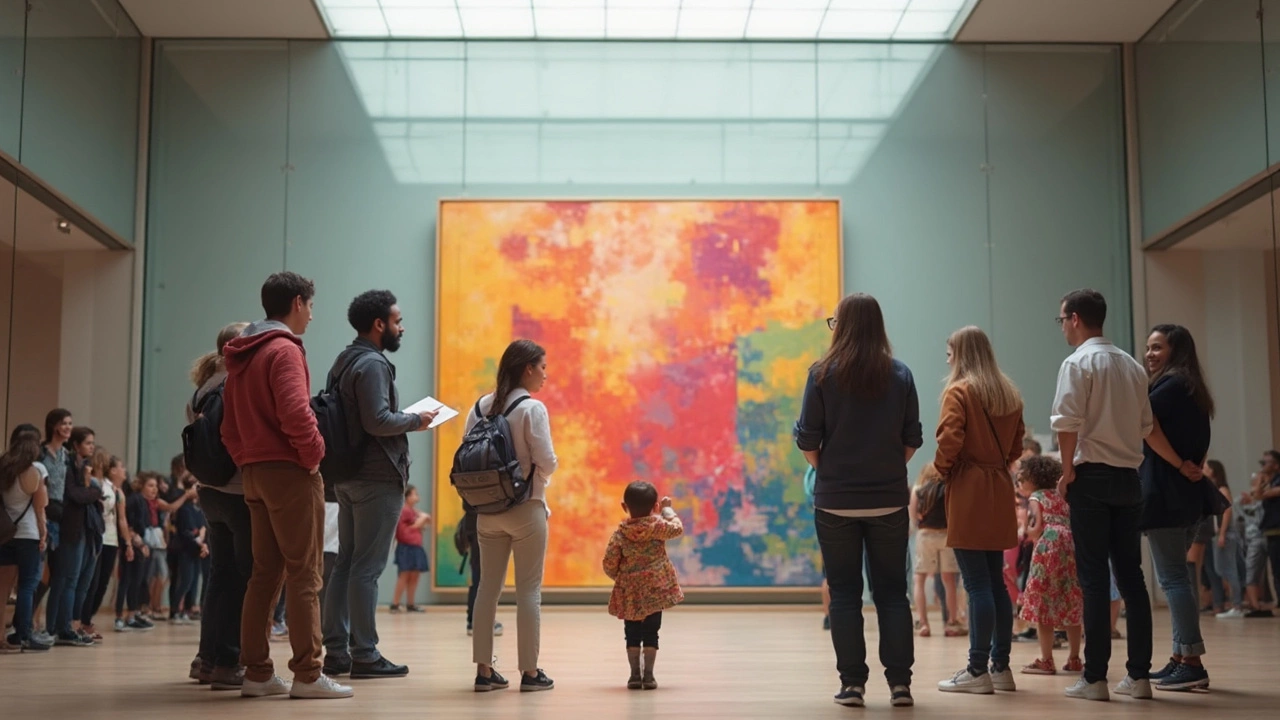
22 May 2025
Why does modern art sometimes feel confusing—or even frustrating? This article unpacks the reasons behind the struggle, relating them to history, psychology, and even personal taste. Discover common sources of misunderstanding and pick up a few practical tips to enjoy modern art at your own pace. We’ll dig into why simple shapes and squiggly lines can be worth millions. By the end, you’ll have a fresh, honest outlook on navigating a modern art museum (without feeling lost).
Continue reading...
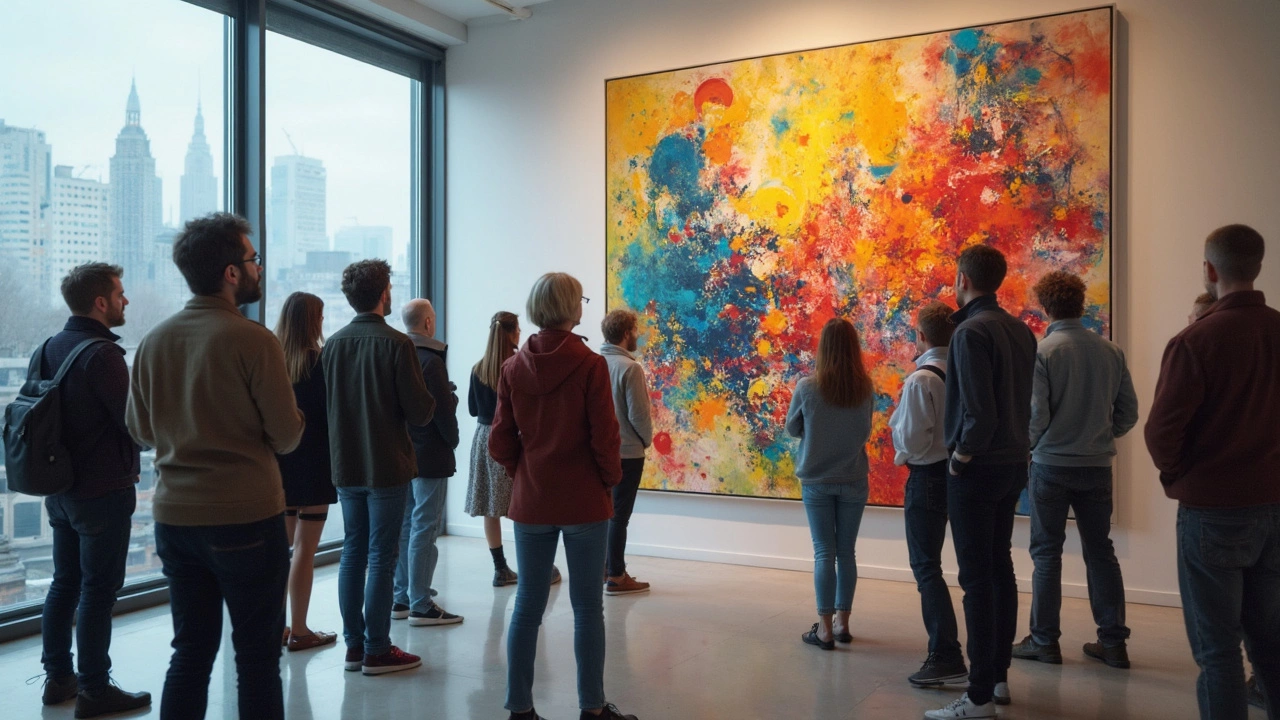
7 May 2025
Abstract art throws a lot of people off—what’s even going on? This article uncovers why abstract art feels tricky, digs into what really sets it apart, and offers hands-on tips for making sense of it. You'll get real stories, practical advice, and a peek behind the scenes at how artists think. Let’s turn confusion into curiosity and give you new tools to look at abstract art differently. You'll walk away feeling less lost and maybe even a little inspired.
Continue reading...
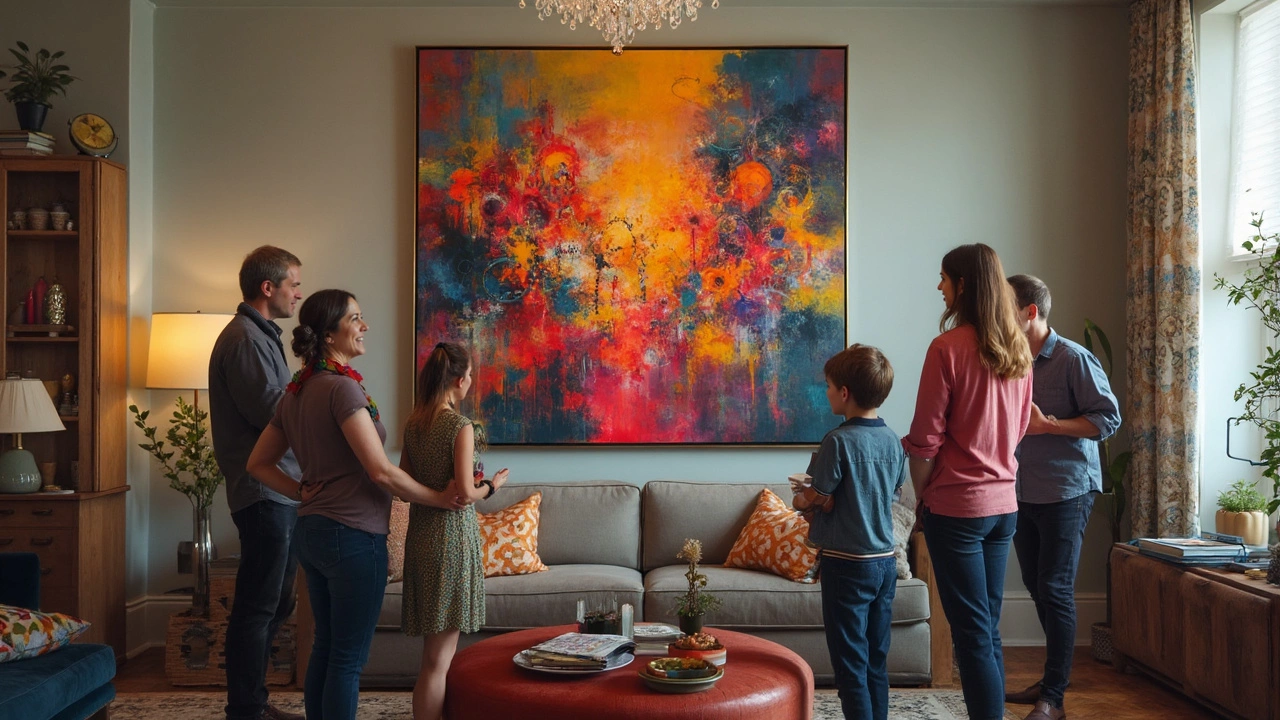
24 Apr 2025
Modern art might look wild or confusing at first, but it's taken over galleries and people's living rooms for a reason. This article uncovers what pulls folks toward modern art, even if they can't always explain it. You'll see how modern art invites curiosity, lets people express themselves, and even shapes trends outside museums. Get tips for understanding and enjoying modern art, no matter your background. By the end, you'll see this colorful, rule-breaking world with fresh eyes.
Continue reading...
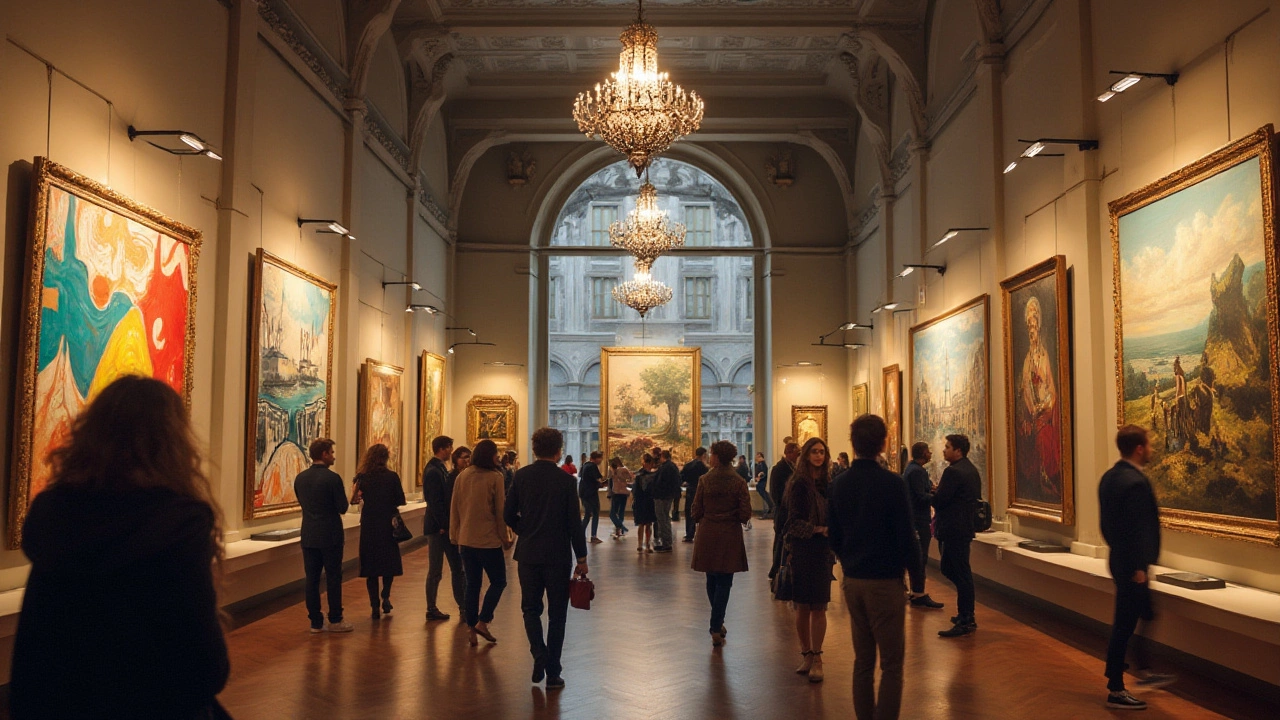
31 Jan 2025
Abstract art often raises the question of its realism. By examining the roots and intentions behind abstract compositions, one can appreciate its essence and relevance. This article delves into the perception of abstract art, its distinction from realism, and ways to interpret its meaning. Readers will gain insights into experiencing abstract art beyond traditional viewpoints.
Continue reading...
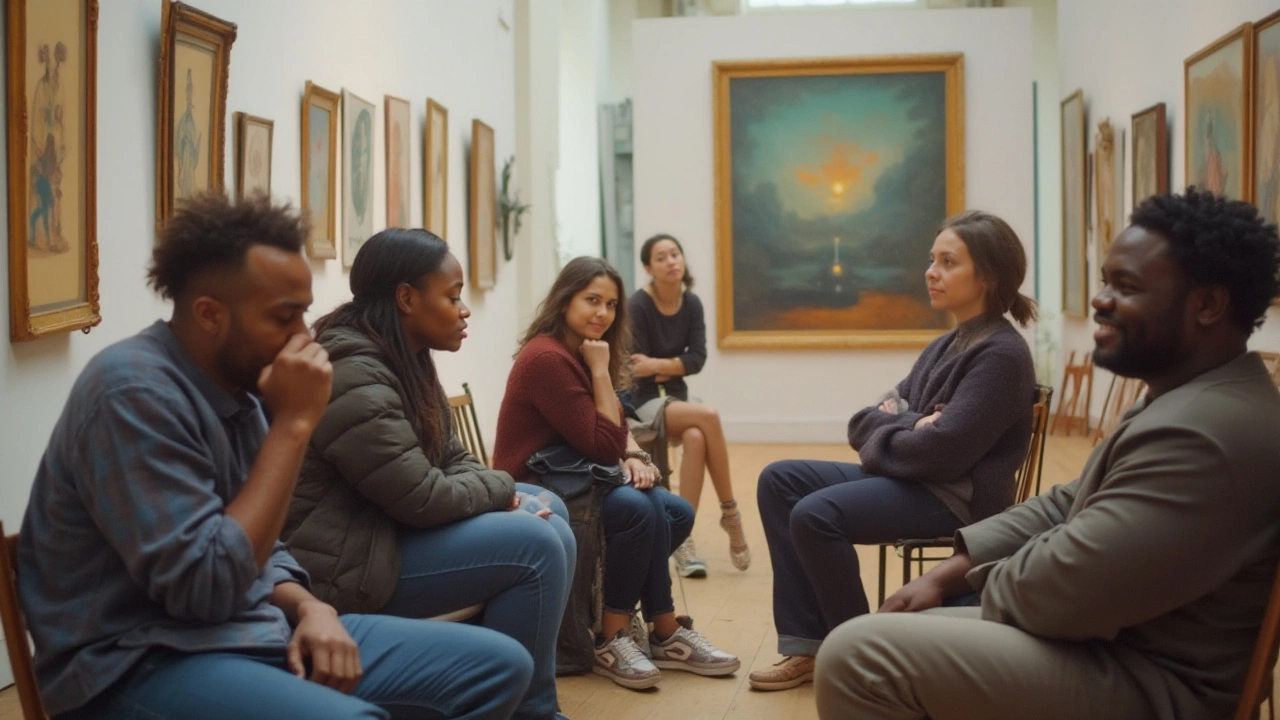
19 Dec 2024
Contemporary art often challenges perceptions and defies easy categorization, leading many to find it difficult to understand. As it encompasses a wide range of styles, mediums, and messages, it requires a willingness to engage with new ideas and perspectives. The abstract nature of many contemporary pieces can be both a barrier and an invitation to deeper exploration. Understanding the context and intention behind the artworks can enhance appreciation and interpretation. This article delves into why contemporary art feels challenging and offers insights for engaging with it meaningfully.
Continue reading...
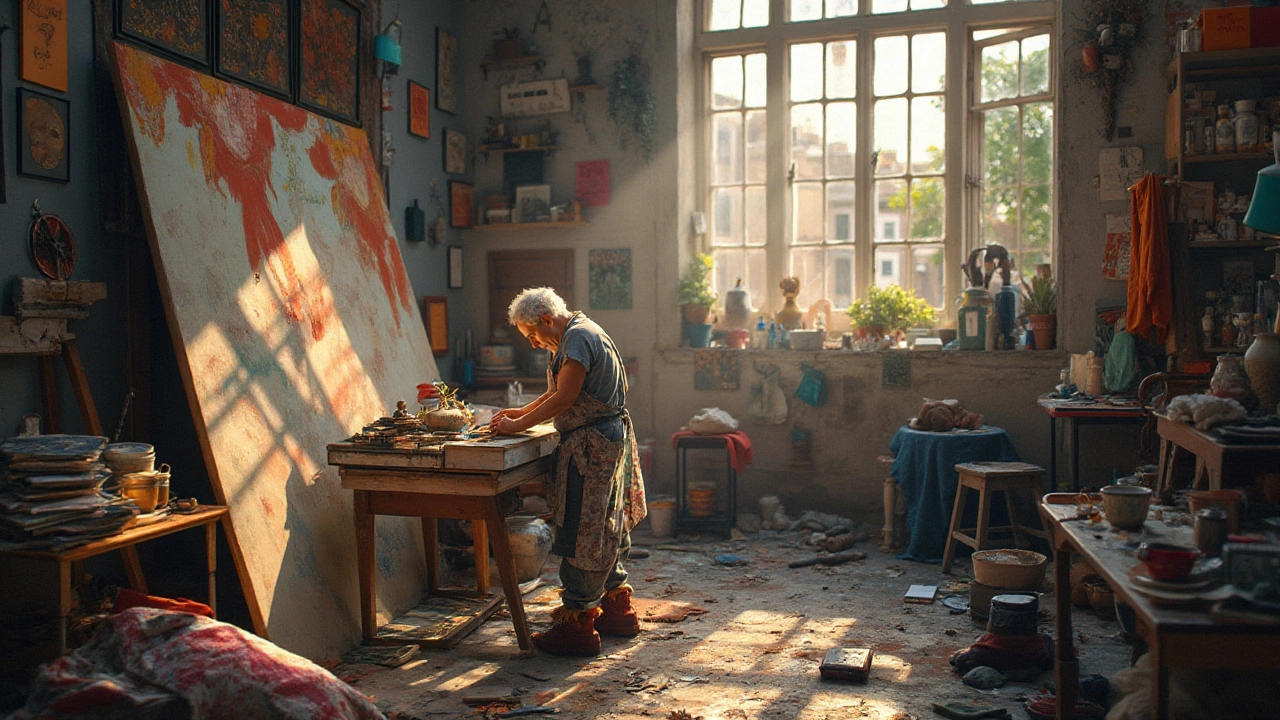
9 Dec 2024
Modern art defies traditional boundaries, engaging audiences with innovation and diverse perspectives. It thrives on the novel use of materials, creative processes, and fresh themes which mirror our ever-evolving society. Understanding what makes modern art captivating involves exploring these dynamic elements, as well as the emotional responses the art elicits. By delving into the craftsmanship, narrative techniques, and social commentary, one can fully appreciate the nuances of modern art. This article uncovers the fascinating components that together compose the essence of good modern art today.
Continue reading...
